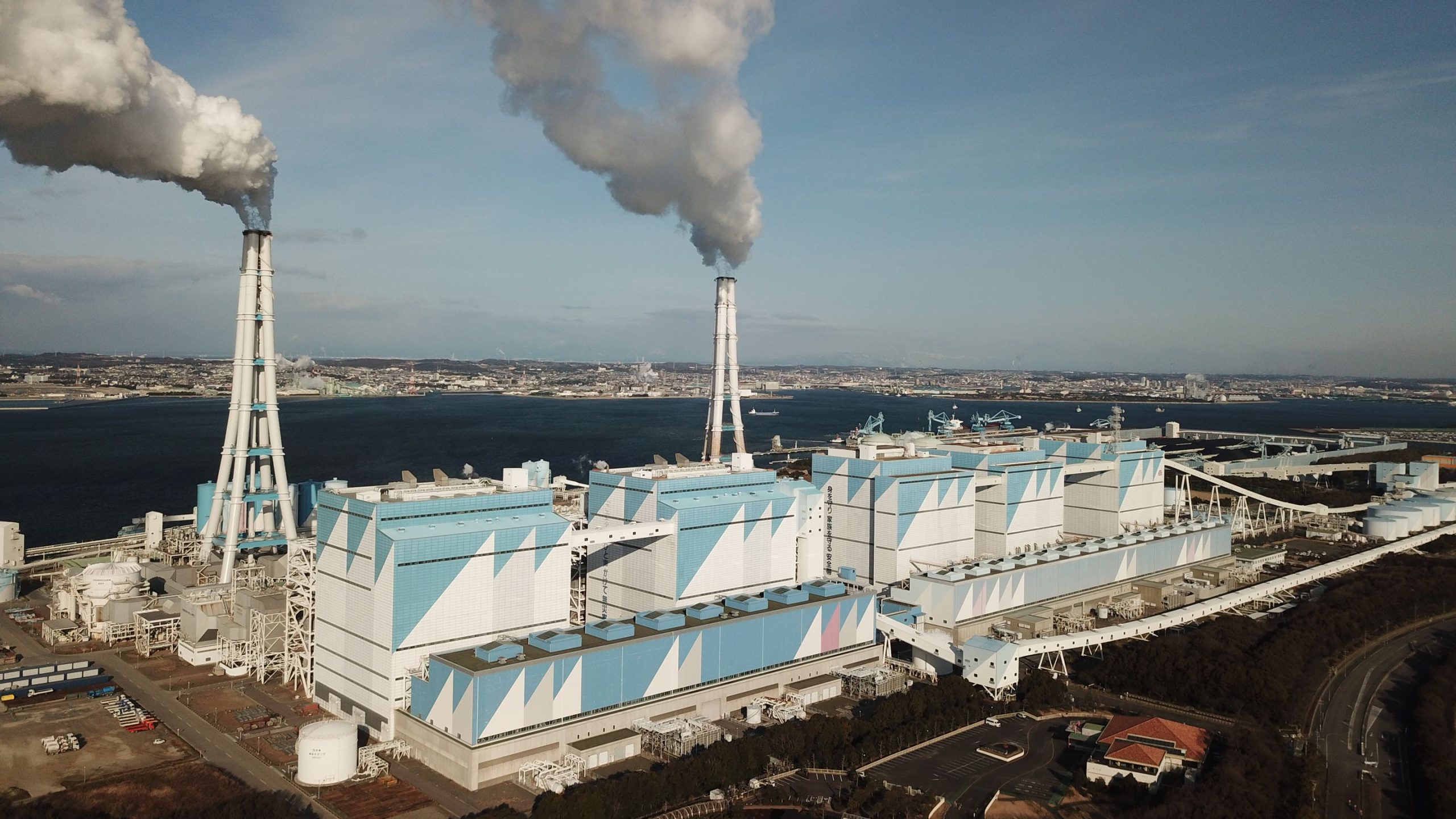The debate over the economic feasibility of ‘blue hydrogen’ versus ‘green hydrogen’ appears to be approaching a decisive moment in the global conversation about clean forms of energy. And developments in the U.S., specifically the State of Texas, are at the center of this issue.
Those espousing green hydrogen say that the best solution is to focus on total emission reductions from the very start. Meanwhile proponents of blue hydrogen say that it’s more important to allow low-carbon facilities and infrastructure to be built and scaled quickly.
In the past few months, private opinions have made their way into the public realm, with directors of major legacy energy companies criticizing green hydrogen as economically infeasible because of high production costs.
Instead, they’re pushing for blue hydrogen as a low-carbon solution to meet current market demands. Blue hydrogen is made from natural gas, while green hydrogen, which has more backing from G7 governments, relies on electrolyzing water with solar or wind power. Hydrogen and ammonia do not emit CO2 when burned.
How this issue pans out will impact Japan’s power sector in general and Japan’s largest utility, JERA, in particular, as it envisions upgrading coal-powered thermal plants to run on ammonia. JERA needs the ammonia to have as little carbon footprint as possible to claim that its strategy is “clean”. But it also needs the new fuel to be affordable and available at scale.

